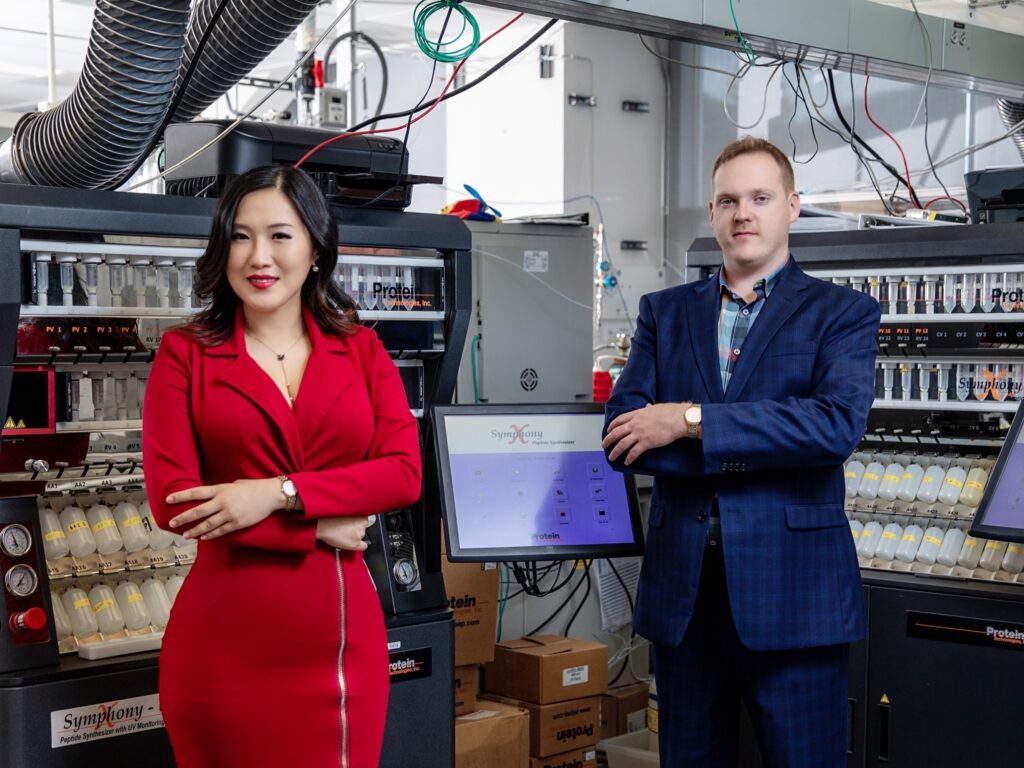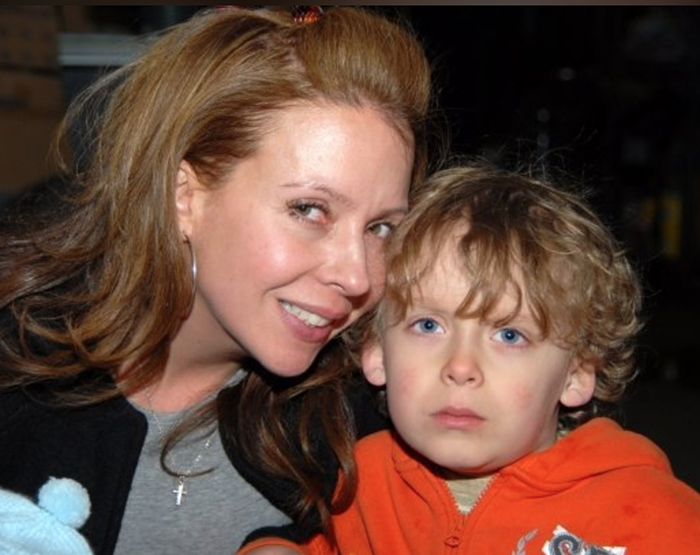Did you know that every 10 minutes, a new person is added to the organ transplant waiting list?
According to the United Network for Organ Sharing (UNOS), the number of patients awaiting transplant in the United States surpassed 100,000 in 2023. Over 40,000 transplants are performed annually and, despite immunosuppressive therapy, 20% of recipients experience at least one episode of rejection.
Substantial resources have been invested in potential organ supply solutions, including donor recruitment and education, alternative organs (i.e., xenotransplantation), and mechanical support devices. But another compelling option involves the invention of a molecule that could allow a donor organ to hibernate in suspended form until needed—and possibly, eliminate the need for a transplant waitlist altogether.
Scientists are working to understand the challenges behind cell, tissue, and organ preservation in order to ensure supply is available on demand. Viability is specific to each organ and the allocation for transplant is, in part, dependent on time. The heart and lungs, for example, have an acceptable viability window of 4-6 hours. The liver and kidneys have a longer period of viability at 8-12 hours and 16-24 hours, respectively. This means that following surgery for successful removal, the organ must be safely packaged, transported, and implanted into the recipient within this time frame in order to guarantee the best outcome.
To standardize the process of organ recovery, the Organ Procurement and Transplantation Network (OPTN) has developed strict guidelines regarding the preservation and packaging of organs during a transplant. Available preservation solutions used during procurement act to impede damage to the organ from diminished oxygen or blood flow, but, according to the NIH, do not prevent cellular injury.
A mission to ‘abolish the organ transplant list’

One cutting-edge biotechnology company making advancements in organ preservation and regenerative medicine is X-Therma. Rooted in allegiance to family and academic partnership, X-Therma understands the transformative movement from small molecules to biologics and cell therapy requires the need for a cryopreservation medium that would protect and extend the shelf-life of living cells, tissues, and organs.
Xiaoxi Wei, Ph.D., the company’s co-founder and CEO, became interested in organ preservation when, as a child, her grandfather did not receive the donor liver he needed for survival. She made it her life’s mission to “uncover solutions to increase organ availability and to one day abolish the organ transplant list.”
Dr. Wei’s devotion to her grandfather motivated her throughout graduate school at the State University of New York at Buffalo, where she completed her doctorate in medicinal chemistry. Along with Mark Kline, Ph.D., she led the X-Therma research effort as an industrial user principal investigator at the Lawrence Berkeley National Laboratory after founding the company in 2015 in the San Francisco Bay Area.
X-Therma took off investigating the properties of nature’s most advanced antifreeze. Their observation of a variety of aquatic species and their ability to survive at sub-zero temperatures expanded into a review of 30 years of research on anti-freeze proteins (AFPs). They admired the resilience of these proteins and, eventually, using biomimetic nanoscience, developed a novel molecule, or “peptoid,” resembling the structure and function of the proteins found in nature.
The power of an antifreeze peptoid
The biomimetic peptoid “has greater functionality and advantages compared to peptides seen in AFPs,” said Dr. Wei in an interview with Bio.News.
Typically, water expands when it converts from a liquid to a solid. Under polarized light, solid ice appears as large, hexagonal crystals. Under the same conditions, AFPs in arctic species freeze into a pyramidal shape. But X-Therma’s peptoid freezes into small, round crystal balls. Due to its unique structure, X-Therma’s peptoid has the ability to prevent recrystallization while maintaining functionality and viability during significant temperature variations (below 0 degrees Celsius).
“Every reaction’s reactivity rate is directly related to temperature,” explained Dr. Wei. Low body temperature is associated with reduced energy expenditure and lower metabolic rate. The result of that decrease in temperature, following a series of chemical reactions, is that time is gained.
Put even more simply, X-Therma’s ice does not damage cells. In fact, evidence supports the assertion that X-Therma’s peptoid preserves cells and tissue more efficiently and effectively than AFPs.
Preserving live cells and tissues and transporting live organs from one location to another requires cryopreservation, or using extremely low temperatures to maintain the structural integrity of a living cell or tissue. Since the mid-20th century, cryopreservation has been the only effective way to both store and transport samples.
One of the main challenges associated with cryopreservation, however, is that freezing temperatures result in crystal formation, which damages cells and tissue. To try to impede damage during the freezing process, a cryoprotective agent (CPA) is incorporated into the solution to reduce the chances of injury-causing ice formation. One of the most used CPAs today is dimethyl sulfoxide (DMSO), which, though effective, is toxic at high concentrations and thus cannot preserve organs for transplant.
‘The time that is deserved is put back in the equation’
“Typical cryoprotectants work for cells but, given the dose needed to prevent freezer burn in organs, would be harmful,” explained Dr. Wei.
Enter X-Therma’s peptoid—a key component of XT-ViVo, X-Therma’s next-generation cryopreservation product. At low concentrations, XT-ViVo is non-toxic and capable of controlling ice formation. It “can be immediately scaled up for medical use applications and to solve the mismatch issues for organ availability and regenerative medicine.”
In May 2022, the Food and Drug Administration (FDA) provided Breakthrough Device status to X-Therma’s XT-ViVo organ preservation solution and TimeSeal organ transplant device. Utilized in the flushing and perfusion process between donor and recipient, XT-ViVo prevents damaging ice crystal formation during organ preservation at sub-zero temperatures and can support a reduction in metabolism while warding off unwelcome injury. And TimeSeal is a smart-sensored, portable transporter designed for static hypothermic preservation of adult donor kidneys while maintaining organ functionality and viability between clinical environments.
“The time that is deserved is put back in the equation,” potentially extending organ storage time up to 120 hours, said Dr. Wei.
“The goal is to minimize tissue damage and extend the time for organ transport. This will further increase the global availability of organs, which will expand the organ donor pool and improve donor-recipient matching,” continued Dr. Wei. And there is a growing consensus regarding its probability of doing just that.
“The last few years of research have been eye-opening,” said Dr. Gerald Brandacher of Johns Hopkins University School of Medicine, where he is a Professor of Surgery and Plastic and Reconstructive Surgery as well as Scientific Director of the Vascularized Composite Allotransplantation (VCA) Program and Research Laboratory.
As one of X-Therma’s medical advisors, he’s been closely involved in the research and implementation of both XT-ViVo and TimeSeal.
“XT-ViVo and TimeSeal are stream-lined, modifiable, and easy to use,” he explained. “The transporter does not require extra steps. It does not require external power, oxygen, or blood for the tissue or organ to survive and is trackable during transport for optimum temperature stability.” Their proof of concept has far exceeded his expectations, and, with specific tailoring, he expects a great future for X-Therma’s technology to fundamentally change the ways of organ preservation.
Could a kidney last a lifetime?
From the development of the first non-toxic cryoprotectant solution to the possibility of safe and effective drug development across the globe, X-Therma stands by its belief that “anything is possible.” X-Therma’s future motivations remain focused on the market of unmet clinical needs to continue advancing and commercializing their technology for broad therapeutic use, including in vaccines and cell and gene therapies, as well as regenerative medicine, with XT-Thrive built on the same platform technology as XT-ViVo for preservation needs. According to Dr. Wei, they “aim to lead the support in Current Good Manufacturing Practice regulations, large-scale cell manufacturing production, and in all critical primary cells as therapeutic targets.”
Dr. Wei continues to fight for her grandfather, with the goal of saving many lives along the way. Looking ahead, X-Therma is doing its best “to support all patients in need across the globe, and building equality to access affordable, life-saving medicine.”
And this starts with those on the organ transplant list. After all, if time is no longer a factor for patients requiring a kidney transplant, for example, Dr. Wei said, “a deeper sequencing match can be done allowing for a more precise donor-recipient match.” Not only will another life be saved, but there is also a “potential to reduce immunosuppression,” and make the kidney—and in the future, every other organ—last a lifetime.




